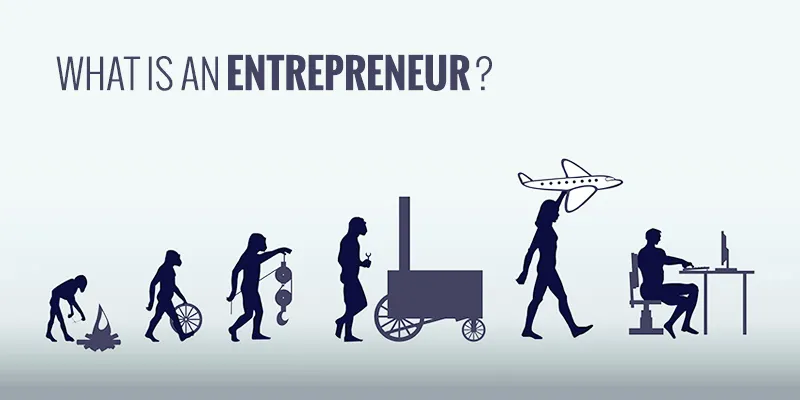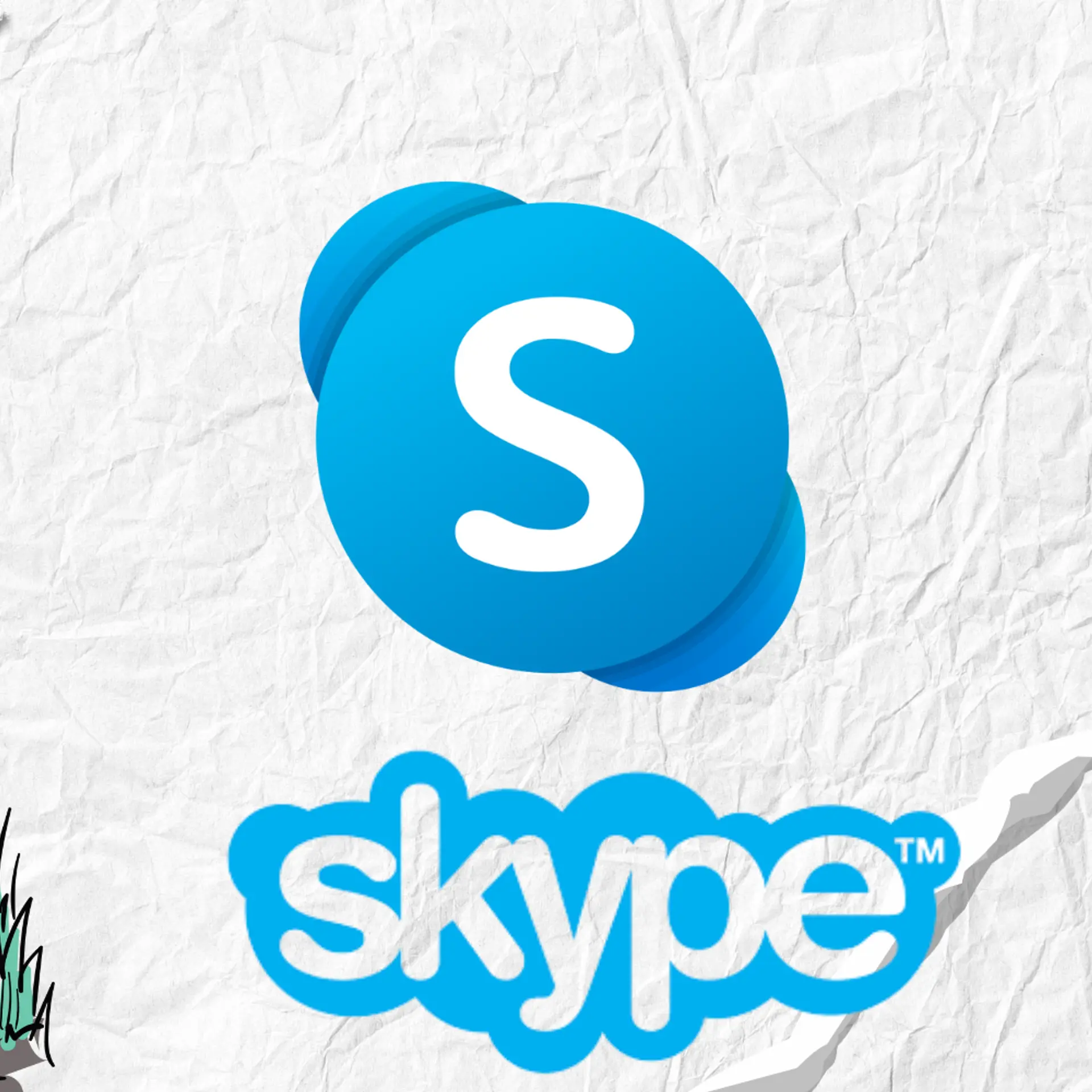[What is an Entrepreneur?] Besides, I gave them fire

prometheus: i caused mortals to cease foreseeing doom.
chorus: what cure did you provide them with against that sickness?
prometheus: i established in them blind hopes.
chorus: that was a great gift you gave to men.
prometheus: besides this i gave them fire.
chorus: and do creatures of a day now possess bright-faced fire?
prometheus: yes, and from it they shall learn many crafts.
chorus: these are the charges on which–
prometheus: zeus tortures me and gives me no respite.
- aeschylus, prometheus bound (ca. 415 bc)
Stanley Kubrick’s celebrated film 2001: A Space Odyssey has no spoken word for the first half hour of the plot’s progress. The breath taking, richly eloquent, visually poetic and deliberately slow film begins with the chapter – ‘The Dawn of Man’, which depicts two different ape tribes fighting over a waterhole. The fight is shown through a shouting match between the two tribes. All apes incoherently yell at each other through a powerful tone similar to a dog’s bark and screeches which suggests emotional discomfort. These noises are forms of argumentative dialogue and are presented in different audible sounds.
What follows is bizarre. After the lost tribe takes shelter in a cave, next morning, when one of the apes wakes up, witnesses a monolith. The monolith is the central prop that holds the film’s plot together and arguably represents the evolutionary trait in human in an abstract sense. The ape’s response to the monolith indicates fear, yet at the same time, curiosity. He touches the monolith, and evolves, symbolically. At this point, the ape becomes the central character.

Another confrontation between two groups is ensued at the same waterhole as previously seen. The ‘evolved ape’ discovers a bone and kills the leader of the enemy tribe with it. At this point, ‘The Dawn of Man’ reaches its peak when, as a sign of victory, the ape propels his bone into mid-air, after which the audience is directly sent to an orbiting nuclear satellite in outer space, transitioning millions of years in the future.
The film argues that apes turn into human the moment it started using a tool, in this case a bone. And from an evolutionary standpoint, the bone and the nuclear satellite are the same thing. I will go a step ahead and argue that this ‘Dawn of Man’ is an entrepreneurial venture, too. And what must be noted, still, is that the entrepreneurial flair amongst human is older than language, and probably human itself.
An entrepreneur is a person who sees a problem and attempts to solve it with the tools available to his disposal, and often discovers and invents newer tools to do so.
By this definition, tracing human evolution is probably a good way to understand entrepreneurship. Let’s explore further.
The entrepreneur’s time travel

Probably the first entrepreneurial leap of human evolution was bipedalism. Although there are many theories around the reason why human started walking on two feet, the common thread which binds these theories is the sight advantage it gave us. Bipedalism freed our hands, which were also the tool we humans gifted ourselves. It is these hands, which have helped us create and use newer tools in the following millennia.Bipedalism promoted a narrowing down of the human pelvis. However, since the pelvis was also the passage through which new-born babies pass, there was an evolutionary pressure on human favouring a wide pelvis, at least in women. Since we went ahead and walked anyway, bipedalism was the first instance where human went beyond its evolutionary trait, and chose to do something which was evolutionarily unintuitive.
What happened over the next hundreds of thousands of years is the death of many premature human foetuses. Nature responded to the human will of bipedalism by ensuring humans give birth to one baby at a time, and the babies have underdeveloped brains. Unlike babies of other animals, human babies when born, couldn't see, walk, or talk. The evolutionary urge to protect its specie was felt. It is this urge that led to the formation early human societies, where men and women flocked together in groups. This grouping led to teamwork and collaboration, another important trait in entrepreneurial ventures.

The next major entrepreneurial leap in human evolution was its control on fire. While fire provided light in the dark nights, protection from other animals, and allowed humans to stay warm in cold nights, thereby also enabling humans to conquer territories which were otherwise inaccessible - what fire enabled most prominently in us humans was to allow us cook the food we eat.Fire took the load off the human stomach but partially digesting our food. Suddenly humans were able to 'outsource' their digestion, and 'venture' into newer types of food 'products'. Potato and meat, for example, were edible only after humans could control fire. Humans could now burn down forests and collect dead meat and semi burnt fruits and vegetables and eat them. With the focus of energy off the human stomach, the primary focus of evolutionary development shifted to our brains, which led to the Cognitive Revolution.
It is because of Cognitive Revolution, which occurred about seventy thousand years ago, that we started to behave in far more ingenious ways than before - for reasons that are still obscure. Humans were able to believe in stories that didn't exist, and were able to collaborate in much larger groups. Unlike other species, human collaboration was now possible among members who they had not seen, touched or communicated with. It is because of Cognitive Revolution that we today believe in collectively imagined realities - such as religion, ideologies, languages, money and nation states - which bind us as a species even today.

Members of the genus Homo have existed for more than two million years. However, Homo Sapiens, our own flaunted species of great apes, has only existed for about a hundred and fifty thousand years. For more than half of this time, we coexisted with other species of the genus Homo, like lions, tigers and cats coexist even today. There are theories which suggest that among other species like Neanderthals and Homo Erectus, it was the Homo Sapiens who were the first to undergo Cognitive Revolution, and used its evolved brains and ability to collaborate to become the masters of the world today. The theories however argue whether Homo Sapiens eliminated the 'competition' posed by other genus, or 'acquired' them through natural selection. Both theories confirm the argument that human evolution has been an entrepreneurial process.

Over the past eleven thousand years, Humans have undergone stupendous growth, and has seen multiple revolutions which were fuelled by human’s the control of fire, bipedalism, and Cognitive Revolution. The first of the many revolutions was the Agricultural Revolution, which led to surplus of food, human settlement, an explosion in population, trade, and the eventual formation of empires. Before the Agricultural Revolution, every human being was in pursuit of his or her food. It was Agricultural Revolution, and the surplus it generated which freed people to get specialized in other areas. The Scientific Revolution, that happened over five hundred years ago gave birth to human curiosity and led to the Industrial Revolution, about two hundred and fifty years ago, when human population began to exhibit unprecedented sustained growth, standard of living improved for many, and there was a general surplus of materials. The renaissance in northern Italy played a key role in tying together core entrepreneurship concepts like questioning the dominant paradigm, connecting ideas from around the world, and connecting needs to solutions.Industrial Revolution in turn triggered the Information Revolution, about 50 years ago, the era in which we live.
We did start the fire
Every specie is a producer. A honey bee produces honey, a bird makes her nest, and tree produces fruits. However, none of these productions are meant for others’ benefit. A nature lover might argue that a tree produces fruits for consumption by human and other animals. But biologically speaking, a fruit is the necessity of a tree for to be able to literally ‘spread its seeds’.
It is only humans that produce for others. A barefoot cobbler, for whatsoever reason, produces shoes for the people who can afford it. A farmer produces crops for others to eat. This mean of production, no matter how trivial it may sound, is the basis of the economic man. No other specie does that, and hence the very idea of economics is subjective only to humans.

“The rise of microeconomics into prominence is an ultra-evolutionary, or revolutionary process”.
There are often times when a specie breaks off from the evolutionary mainstream and decides to pursue a course of its own. This is not counter evolutionary, but an ultra-evolutionary, or a revolutionary process. The reason why fire, cognition, industrial productions are all called ‘revolutions’. Every time this has happened, we as a specie have evolved. It is during these times, that the specie adopts an environment hitherto unknown to it, or adapts itself to the same creating for itself a niche where it prospers phenomenally. The adaptability of the specie determines whether it would succeed or fail in propagating itself. Failure means an end to the pursuit of this course while success signals further specialization to dominate the space it has created for itself. If at all this specie is called an entrepreneur, would the analogy suffer much?
The assumption made here is, although the very human existence in all its glory we see today is an entrepreneurial venture, the entrepreneur in economic terms, we know and identify with is a modern idea.
References :
1. Leslie & Christopher, 1990, An introduction to human evolutionary anatomy. London: Academic Press.
2. Yuval Noah Harari, 2015, Sapiens, A Brief History of Humankind, Harper.
3. Prasanna Kumar Choudhari, 2015, Atikraman Ki Antaryatra, Vani Prakashan (Hindi).
Image Credit : Shutterstock


![[What is an Entrepreneur?] Besides, I gave them fire](https://images.yourstory.com/cs/wordpress/2015/06/yourstory-what-is-an-entrepreneur-1.jpg?mode=crop&crop=faces&ar=2%3A1&format=auto&w=1920&q=75)




